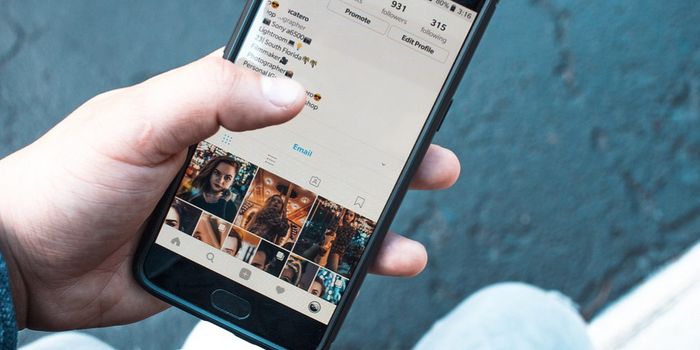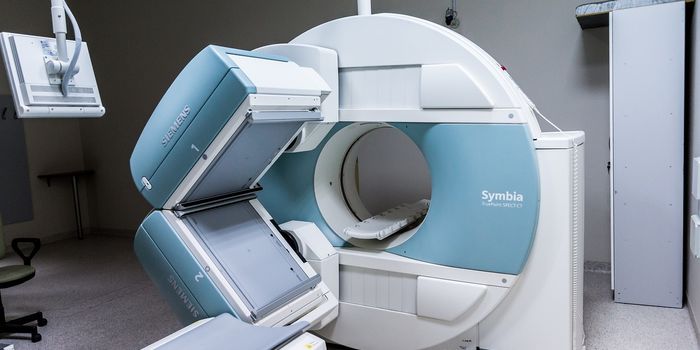How Do People Feel About Facial Recognition Tools In Healthcare?
Facial image data and recognition tools have become a nearly ubiquitous part of our society: we use it to unlock smartphones. Governments use them for law enforcement purposes, helping identify potential suspects of a crime. And research suggests that there is some public support for certain uses of facial recognition tools. For example, in 2019, nearly 56% of Americans had a high level of trust when these tools were used by law enforcement, but less so by other groups, like advertisers.
More recently, facial data and facial recognition tools have been used in the healthcare and biomedical research arena. Some research has explored how these technologies could be used to improve the safety and privacy of patient medical records. More broadly, facial recognition technologies can also be used in the diagnosis and treatment of conditions--they can help doctors detect potential genetic conditions, and studying images over time can help doctors detect conditions and make better diagnostic decisions.
According to a new study published in PLOS ONE, however, a majority of U.S. adults appear to have some concern about how these tools are being used for various healthcare practices, including research.
Researchers surveyed around 4,000 participants, asking about how participants felt about how facial images and recognition technologies are used in biomedical research. At least half of respondents noted some level of concern about medical record privacy, DNA data collection, and facial image collection. Researchers also noted that while a good majority of participants may be ok with certain facial image data and recognition technologies being used in a healthcare setting, privacy was still their main concern.
Sara Katsanis, one of the study’s authors, noted that these concerns are of paramount importance going forward: “To ensure public trust, we need to consider greater protections for personal information in healthcare settings, whether it relates to medical records, DNA data, or facial images. As facial recognition technologies become more common, we need to be prepared to explain how patient and participant data will be kept confidential and secure.”
Sources: Science Daily; Pew Research; PLOS ONE; Nature Public Health Emergency Collection








